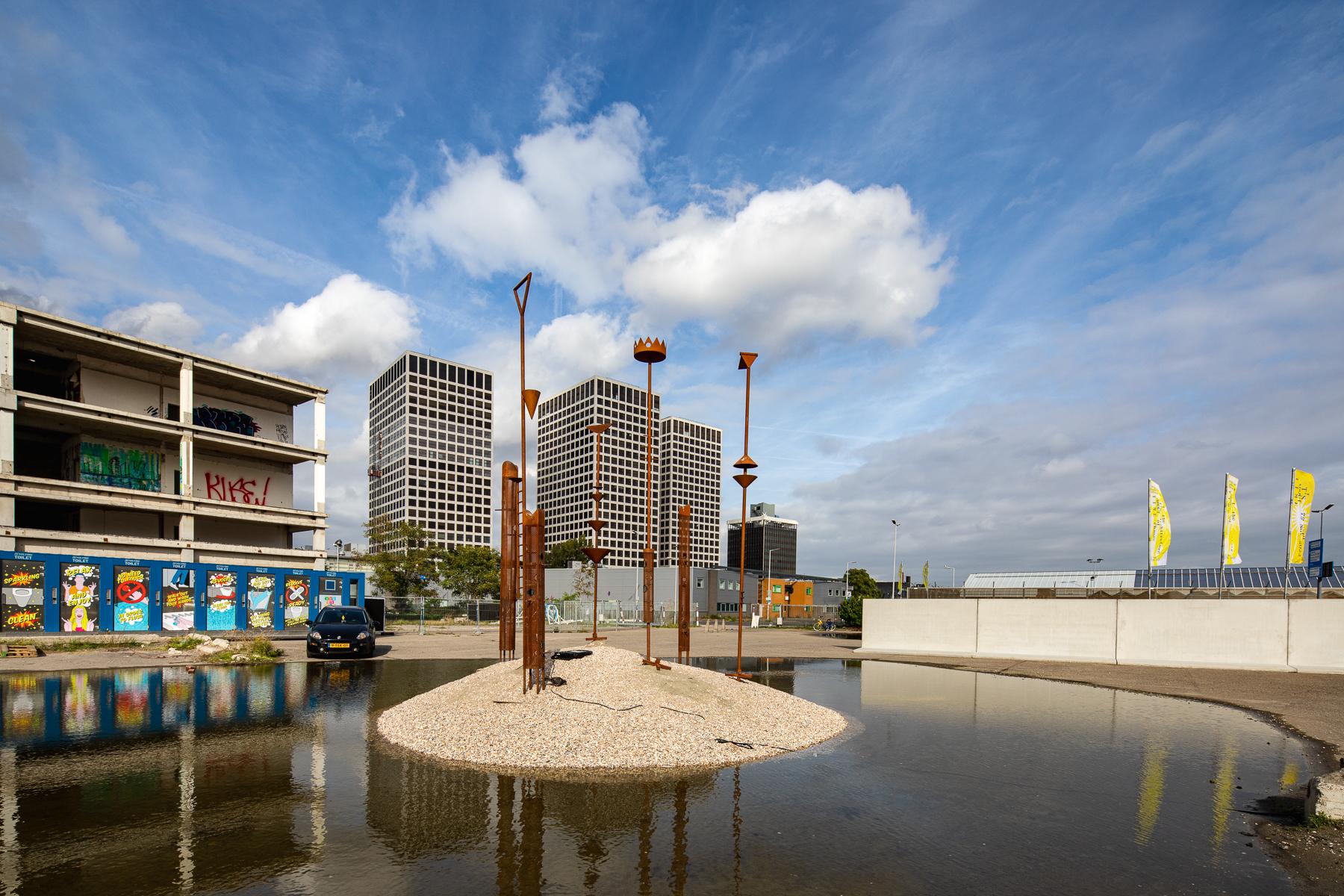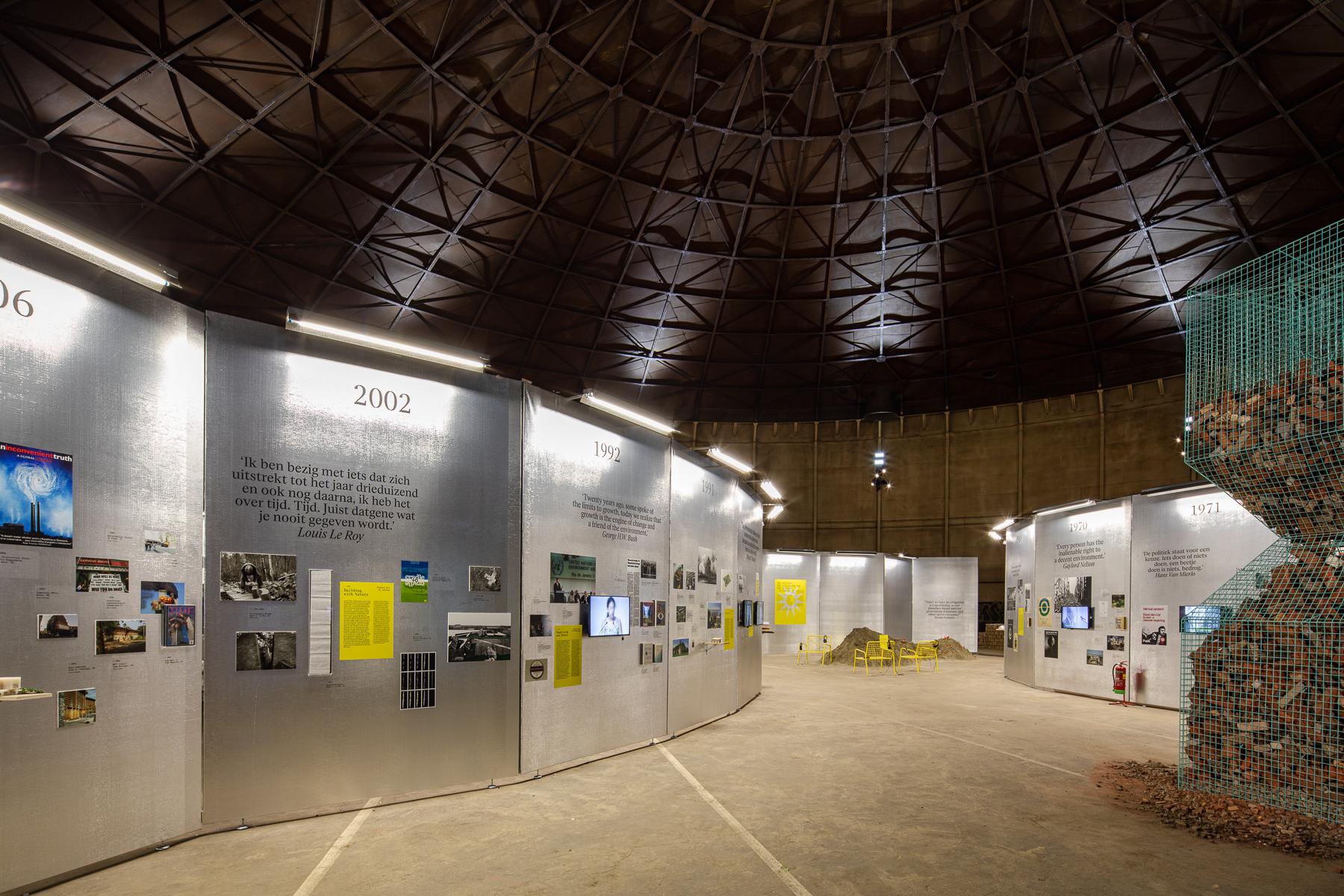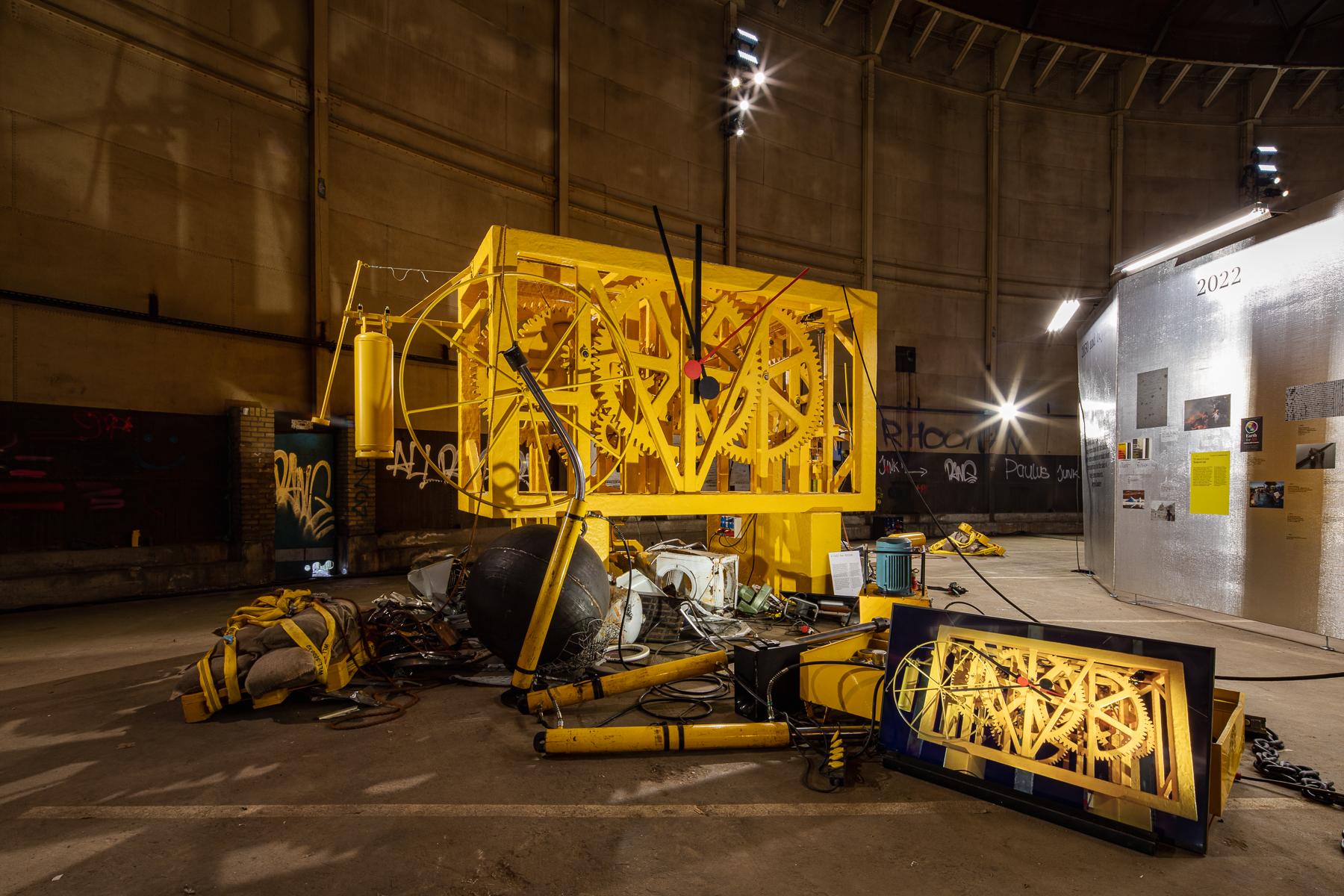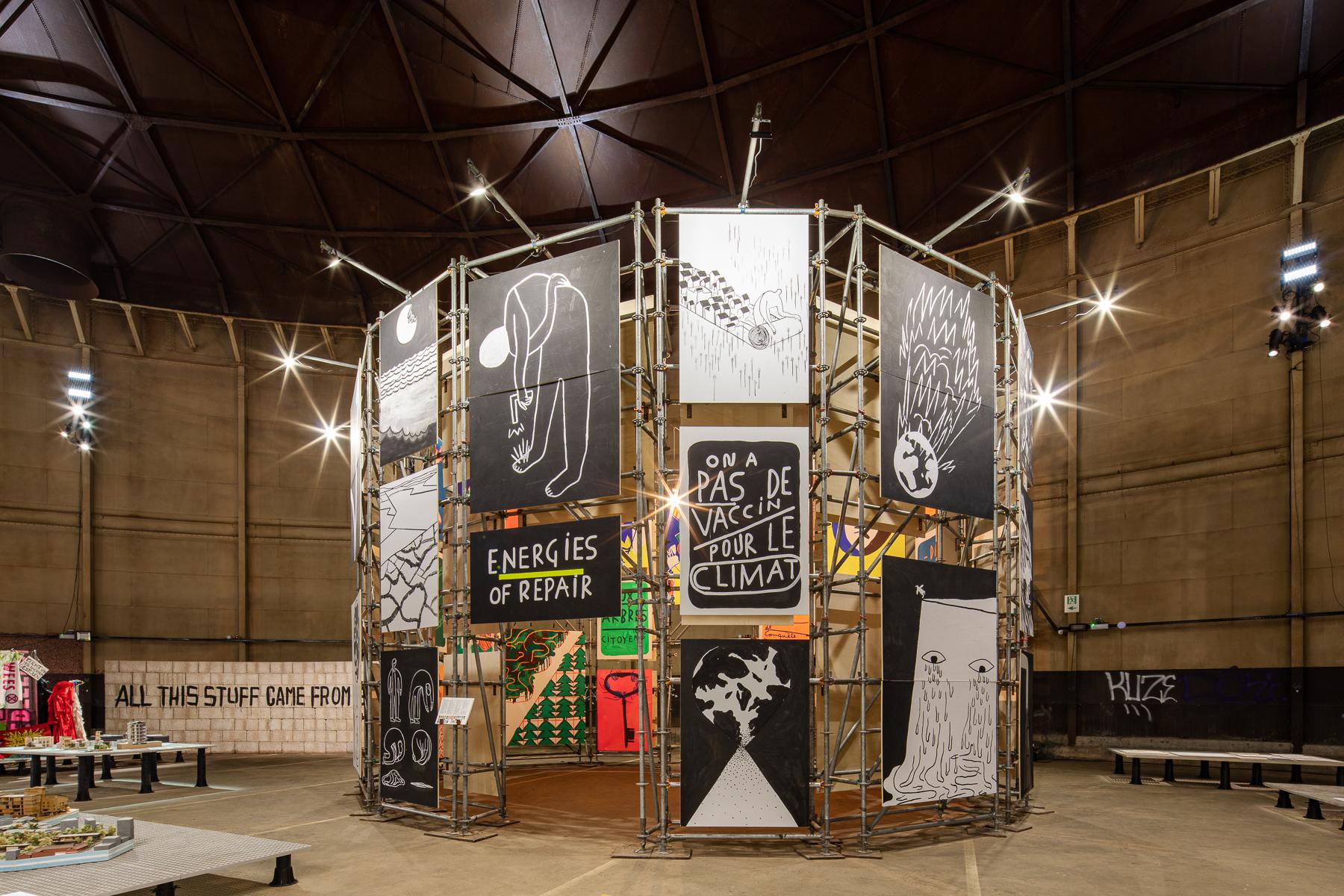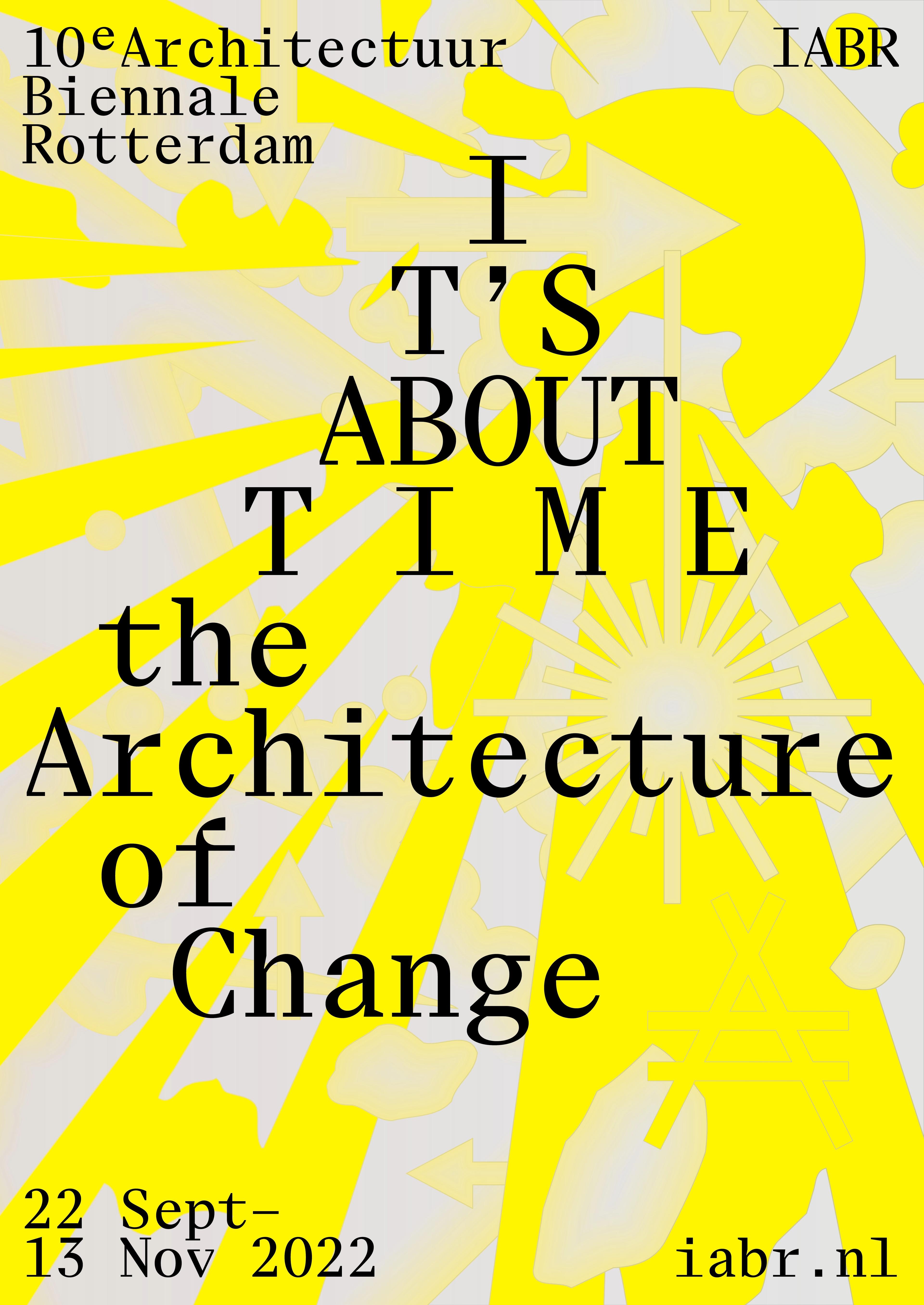Fifty years after the publication of the Club of Rome report, the 10th edition of the Architecture Biennale Rotterdam is taking stock. The exhibition brings historical research (from 1972 onward), inspiring practical examples (in 2022) and future scenarios (towards 2072) together. This overview paints a picture that is both worrisome and hopeful.
The exhibition features the work of architects, urban designers, artists, academics and landscape designers that documents and maps the causes and consequences of climate change. Their observations create a contemporary landscape that reflects the effects of climate change and calls for a response to this constructed hyperreality.
